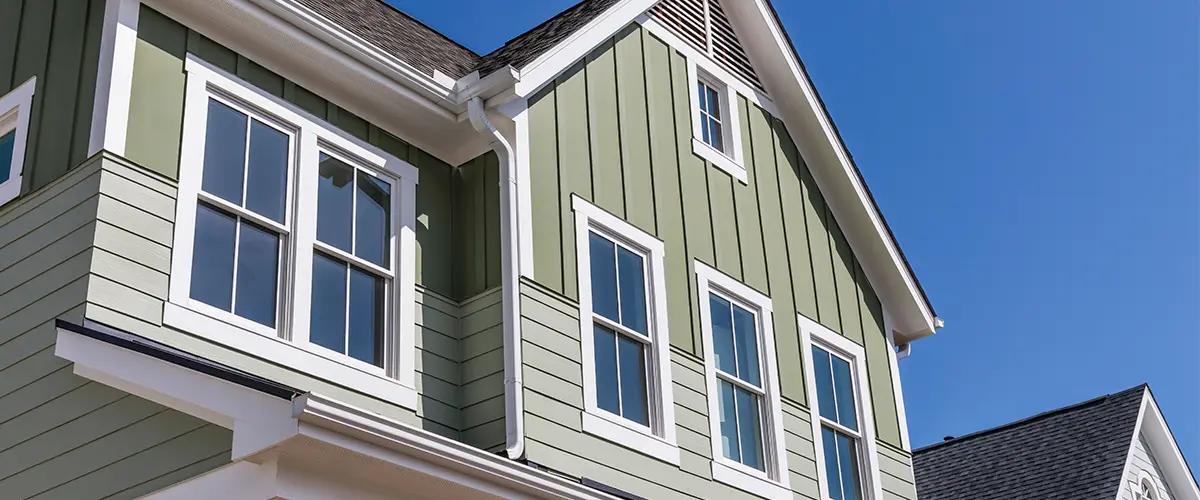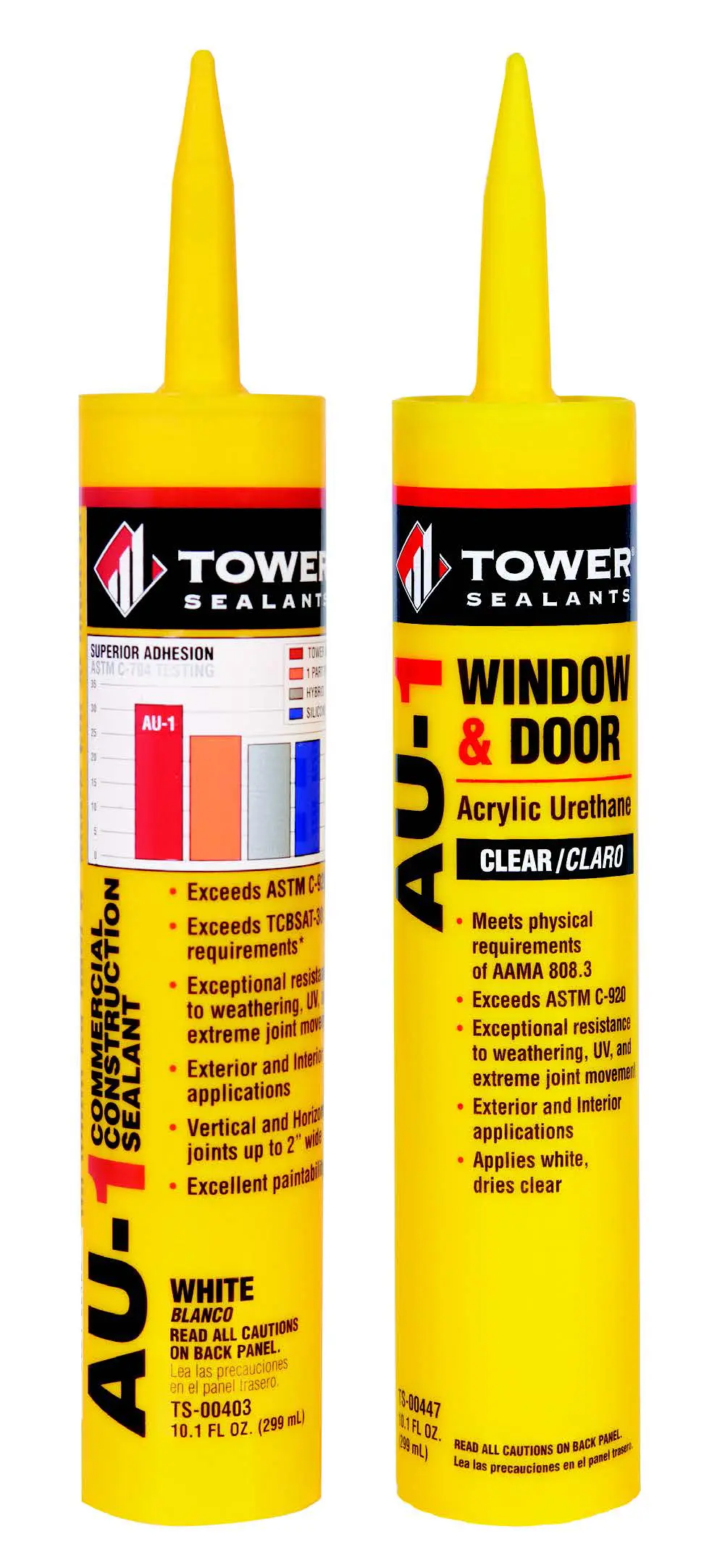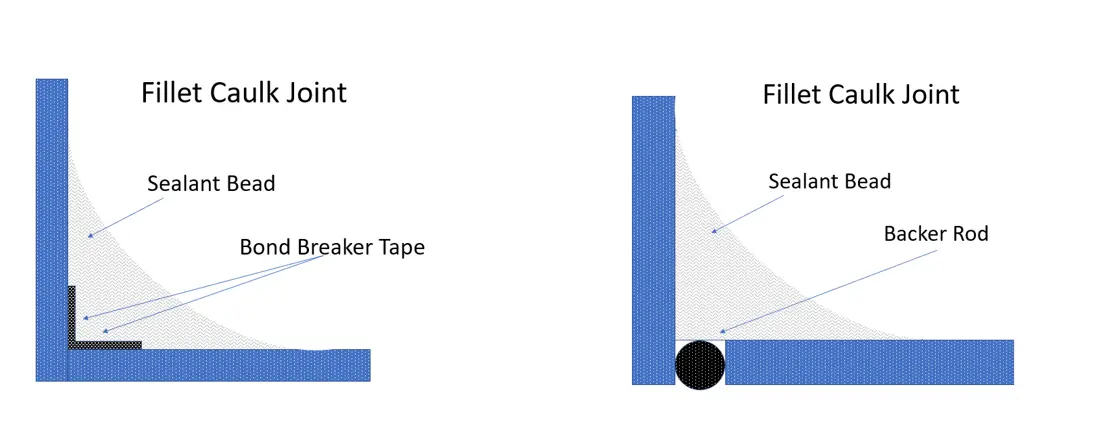

Caulking or sealing around the exterior of a new window or door installation may seem straightforward, but it requires careful consideration to achieve a professional-level result. This installation guide provides step-by-step instructions to ensure an efficient and durable seal that not only looks great but also withstands the elements.
Selecting the appropriate caulk is crucial for sealing exterior windows and doors. Look for a caulk specifically designed for outdoor use. ASTM C-834 is a standard testing method for latex sealants that assesses low-temperature performance and weathering resistance. While a sealant that passes this standard might be suitable for mild climates, TOWER recommends a more rigorous testing method for exterior sealants: ASTM C-920, which measures expansion/contraction capabilities. TOWER recommends a sealant that passes C-920 Class 12.5 or higher.
Consider other factors when caulking for window installation such as your substrates, paintability, plasticizer leaching, and clean-up when choosing a sealant technology. Potential substrates could be anything from vinyl or fiber cement siding, brick, stucco, and much more. Some sealants perform better than others on many of these substrates, and some technologies are not a good fit for certain types of cladding. Most sealant technologies are paintable, except for silicone. Ensure compatibility with paints if painting will be required after window or door installation. Plasticizers are used in sealants for flexibility but can cause discoloration or mold and mildew issues if they leach into paint or down walls. For clean-up, note that waterborne sealants can be easily cleaned with soap and water, while other technologies require mineral spirits or solvents.
TOWER Sealants' AU-1 Elastomeric Construction Sealant is an Acrylic Urethane sealant that passes ASTM C-920 Class 25. It is durable, paintable, and does not contain plasticizers. AU-1 offers low VOC (Volatile Organic Compound) emissions and allows for easy cleanup without introducing additional VOCs into the atmosphere. AU-1 also adheres to most all common building substrates, making it a great caulk for window installation on any type of building, or cladding. With superior adhesion and UV resistance, AU-1 is the ideal choice for exterior window installation. Additionally, it can be used for the interior part of the installation without releasing odors or solvents into the building
Before applying the caulk, thoroughly clean the area around the window using soap and water to remove dirt, dust, or debris. Ensure that any oils or contaminants are completely wiped off the surface. Allow the area to dry completely before proceeding. Take note of the outside temperature, ensuring that both the air and surfaces will stay above 40°F and will not exceed 140°F. Check the forecast and avoid applying sealant before heavy rain or extreme weather conditions.


To prevent 3-point adhesion and allow for maximum flexibility, it is necessary to install a backing material. TOWER recommends using an open or closed-cell, circular backer rod that fits the joint walls. If the joint depth does not allow for backer rod installation, use a bond breaker tape instead.
Using a caulking gun, apply a continuous bead of caulking around windows in the perimeter, ensuring that the sealant is in contact with both substrates and fills any gaps or cracks. Maintain a steady hand and apply even pressure to achieve a smooth and consistent bead.
After applying AU-1 Sealant, it is recommended to tool the caulk within 15 minutes for best results. Use a flat tool to ensure the joint is tooled flat or flush with the substrate. AU-1's evaporative cure, along with flat tooling, will create an ideal, concave joint. For 90° fillet joints, the minimum recommended size after tooling is 3/8".
The drying time for AU-1 may vary depending on humidity and weather conditions. At 50% relative humidity and 75°F, the tack-free time is approximately 30 minutes, and most paints can be applied after 6-8 hours. Avoid touching the caulk during this time, as it may smear or pull away from the window.
AU-1 is compatible with almost all acrylic window caulking exterior paint and does not require a primer. TOWER Sealants continuously tests compatibility with all paints. If you have any questions regarding compatibility, please contact us at tech@towersealants.com.
By following these simple steps, you can ensure that your new caulk for window installation is properly sealed and weather-resistant. Remember to choose the right caulk (AU-1), clean the area thoroughly, apply the caulk carefully, tool it properly, and allow it to dry before painting or exposing it to the elements. Happy caulking!